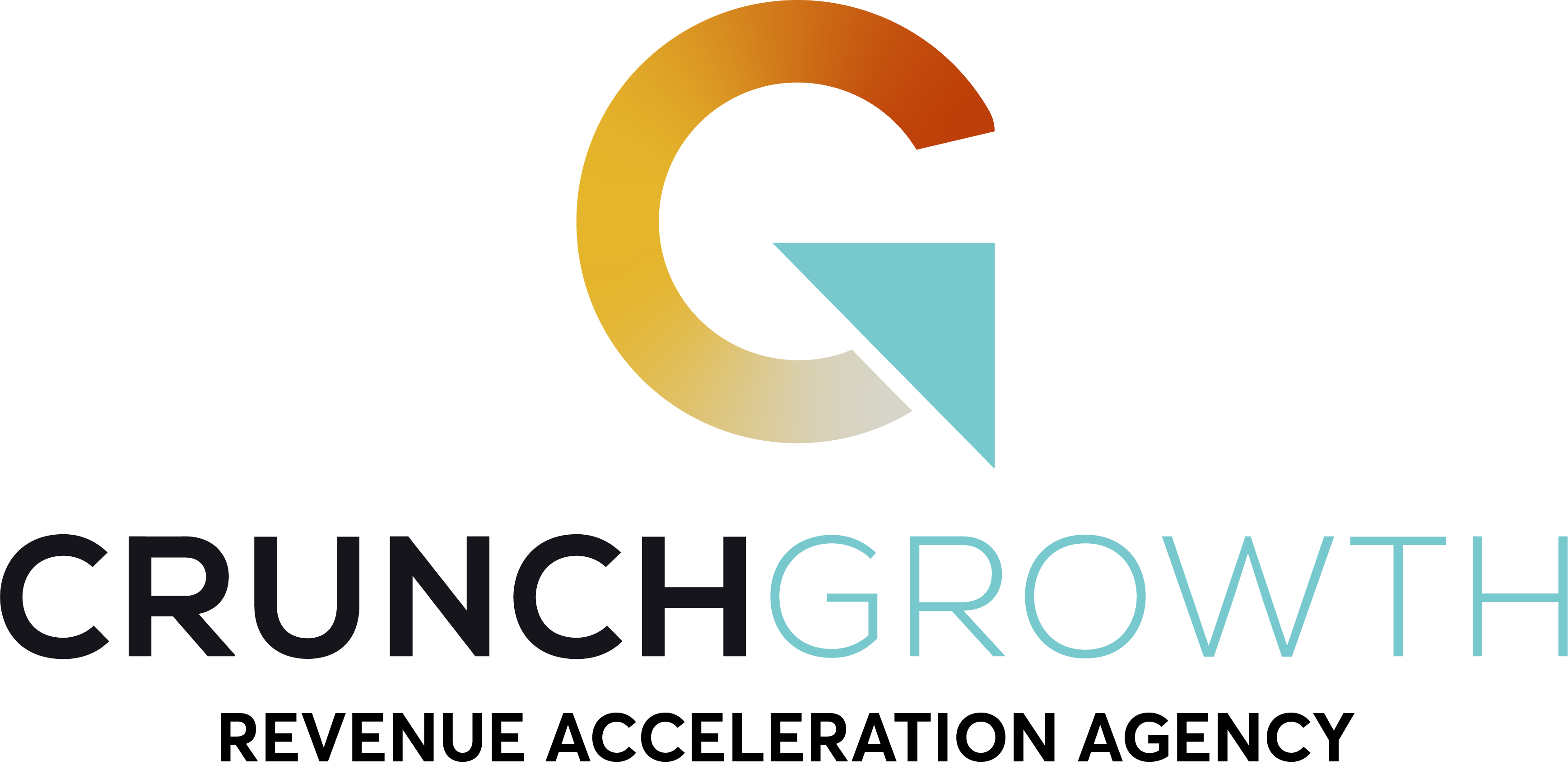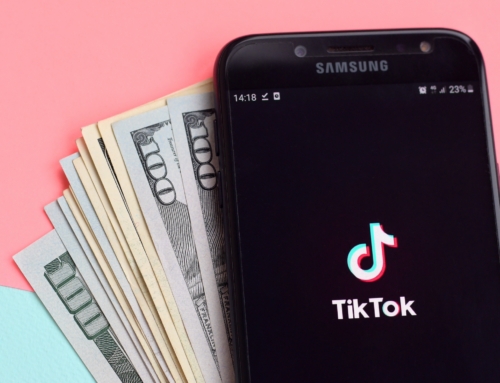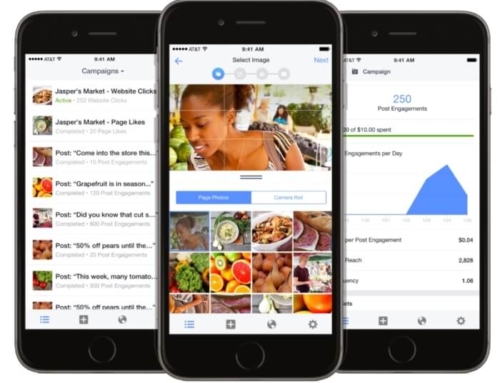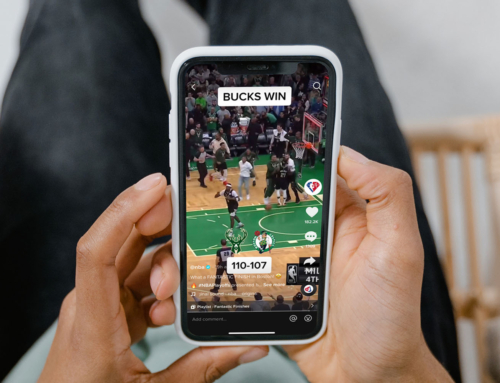5 Steps to Elevate Your Brand’s Social Media Strategy
In the digital age, a robust online presence is not just an option for businesses; it’s necessary. This is where social media strategy steps in, offering a platform for brands to connect directly with their audience, build trust, and ultimately drive sales. With over 4.2 billion social media users worldwide, the potential to elevate your brand through these channels is immense1.
Numerous social media platforms are available today, each with unique strengths. Facebook is excellent for reaching a broad demographic, Instagram is a visual storytelling powerhouse, LinkedIn excels in B2B networking, and Twitter is perfect for real-time updates and engagements. Understanding these platforms’ nuances is essential to crafting a successful social media strategy.
Before we begin, let’s look at the various social media platforms. Social media has evolved significantly, becoming an integral part of our daily lives and a crucial tool for businesses and individuals. Some popular social media platforms are TikTok, Facebook, Instagram, LinkedIn, Twitter, Reddit, and more.
TikTok
TikTok is a video-sharing platform that allows users to create short-form videos with music, filters, and other features. It’s especially popular among Gen Z and younger millennials, with 60% of its users falling between the ages of 16-24.
The platform’s strength lies in its ability to go viral due to its algorithm. However, it poses challenges for brands trying to target an older demographic. Content that performs well on TikTok includes dance trends, lip-syncing videos, and comedic skits. The success of the cosmetics brand e.l.f, with their viral campaign, illustrates the platform’s potential.
Facebook is a multi-purpose platform that allows users to connect with friends, join groups, play games, shop, and more. With over 2.8 billion monthly active users, it boasts a diverse demographic.
Facebook is great for building communities, but its changing algorithm can make organic reach difficult. Businesses like Coca-Cola have successfully utilized Facebook to engage with their customers.
Instagram is a photo and video-sharing platform owned by Facebook. It’s popular among millennials and Gen Z, with users under 34 making up more than 60% of its audience.
Instagram is excellent for visual storytelling but can be challenging for businesses needing more visual content. Fashion brands like Zara have leveraged Instagram successfully.
LinkedIn is a professional networking platform. It’s primarily used by adults aged 25-49, with 87 million millennials on the platform.
LinkedIn is perfect for B2B marketing and job recruitment but may not be ideal for all business types. Microsoft’s Showcase Pages are a prime example of effective LinkedIn use.
Twitter is a microblogging platform where users post short updates or “tweets.” It’s popular among a younger demographic, with 38% of users between 18-29 years old.
Twitter is great for real-time updates and customer service, but its fast-paced nature can make content easily overlooked. Brands like Wendy’s have utilized Twitter’s quick pace effectively.
Reddit is a community platform to share links, news, and discussions. It’s most popular among males aged 18-29.
Reddit is great for in-depth discussions but can be challenging for marketing due to its anti-advertising sentiment. Despite this, companies like NordVPN have successfully engaged with the Reddit community.
Other Platforms
Other noteworthy platforms include Pinterest, Snapchat, and YouTube. Each venue offers unique features and caters to specific demographics, providing businesses with various channels to reach their target audience.
Each social media platform presents its own set of opportunities and challenges. Businesses should choose the platform(s) that align best with their target audience and content type. By understanding each platform’s strengths and weaknesses, companies can leverage social media effectively to connect with their audience and achieve their marketing goals.
So, how can businesses harness the power of a social media strategy to elevate their brand? Here are five essential steps:
Step 1: Align Your Social Media Strategy with Business Goals
A successful social media marketing campaign begins with clear business goals. Whether it’s increasing brand awareness, driving website traffic, generating leads, or boosting sales, your social media strategy should align with these objectives. For instance, Adobe’s #AdobePerspective campaign aimed to increase brand awareness by showcasing their products’ versatility, leading to a 400% increase in engagement 2.
Step 2: Identify the Right Social Media Platforms
Identifying the right social media platforms for your target audience is crucial. Research where your audience spends their time online and focus your efforts there. For example, if you’re targeting millennials, Instagram or TikTok might be your best bet.
Step 3: Create Compelling and Visually Engaging Content
Your content is the heart of your social media marketing efforts. It must be compelling, visually engaging, and aligned with your brand’s voice. A great example of this is Airbnb’s Instagram feed, which showcases beautiful properties and destinations, encouraging users to book their next trip 4.
Step 4: Engage Your Followers
Engagement is the key to building a strong social media presence. Utilize social media management tools like Hootsuite or Buffer to schedule posts, respond to comments, and engage your followers. Wendy’s, for instance, is known for its witty and engaging Twitter presence, leading to a significant increase in brand affinity 5.
Step 5: Monitor Your Brand’s Online Reputation
Lastly, regularly monitor your brand’s online reputation. Use social listening tools to track mentions and feedback and address any negative comments promptly and professionally. Starbucks, for instance, uses Twitter to handle customer complaints, demonstrating its commitment to customer satisfaction 6.
A successful social media strategy involves:
- Aligning your social media goals with your business objectives.
- Choosing the right platforms.
- Creating compelling content.
- Engaging your followers.
- Monitoring your brand’s online reputation.
Consistency, quality content, and engagement are the keys to success.
Consider seeking the help of digital marketing professionals to ensure the success of your social media strategy. With the right plan and execution, you can elevate your brand to new heights through social media marketing.
Footnotes
- Statista – Number of social network users worldwide ↩
- Adobe Blog – #AdobePerspective campaign case study ↩
- Pew Research Center – Social Media Fact Sheet ↩
- Airbnb Instagram ↩
- Wendy’s Twitter ↩
- Starbucks Twitter Customer Service ↩











[…] Meta Advertising provides a range of ad formats tailored to suit different business objectives. Businesses can leverage video, carousel, slideshow, and lead-generation ads on Facebook. As a visually-centric platform, Instagram excels in photo and video content, making it ideal for businesses with visually appealing products or services. […]
[…] is Key: TikTok thrives on creativity. Craft engaging and visually appealing content that resonates with your target […]